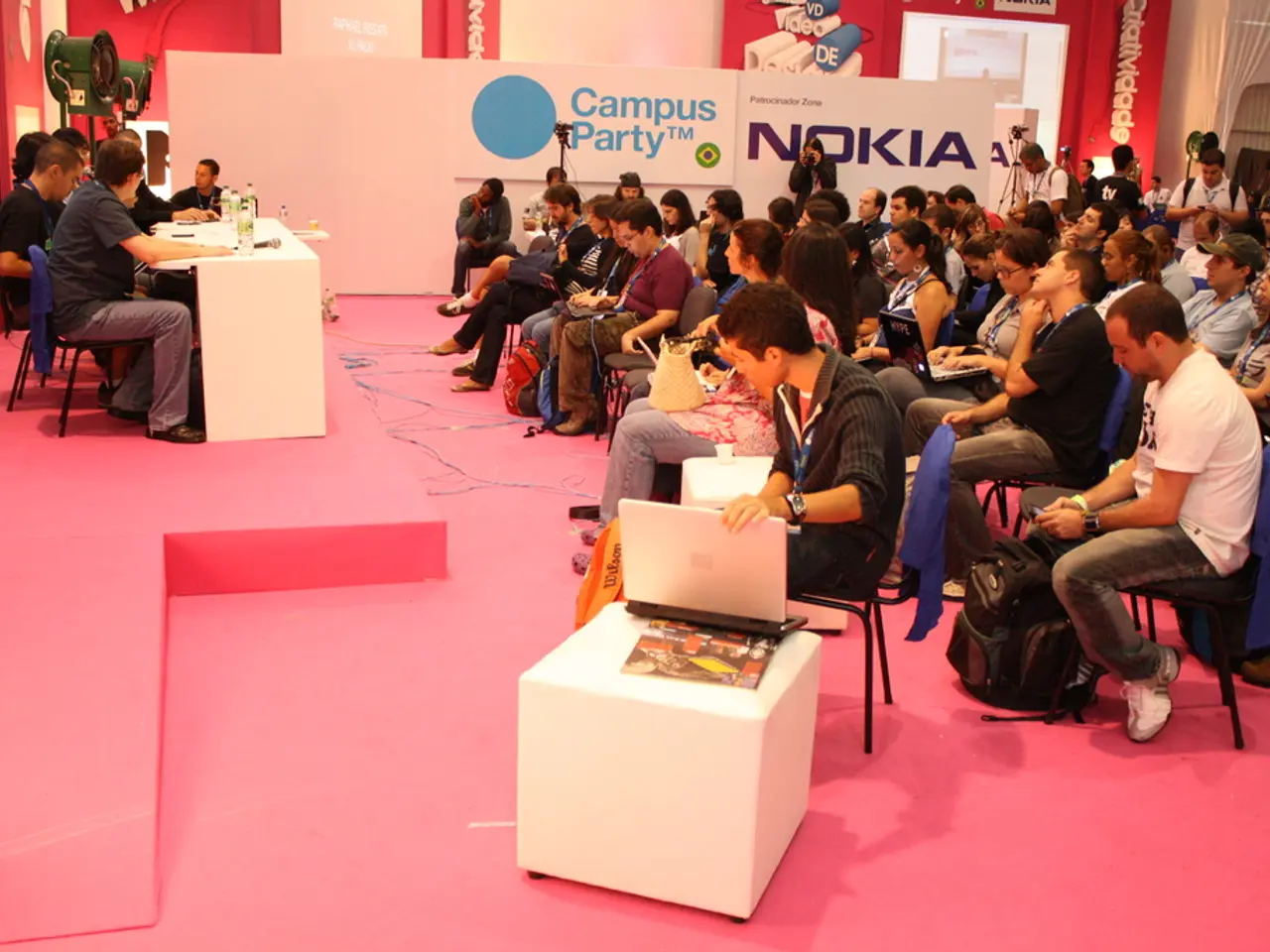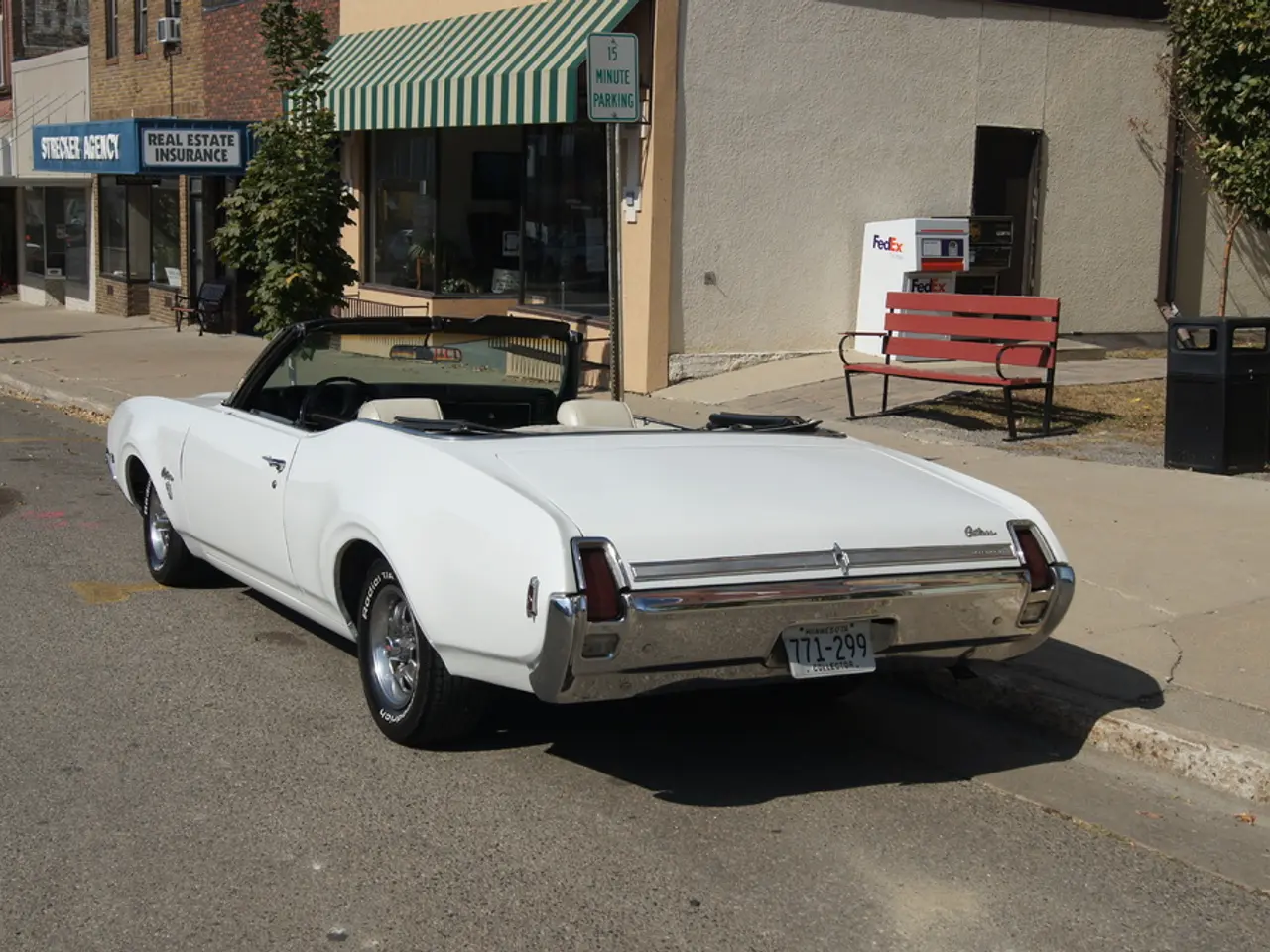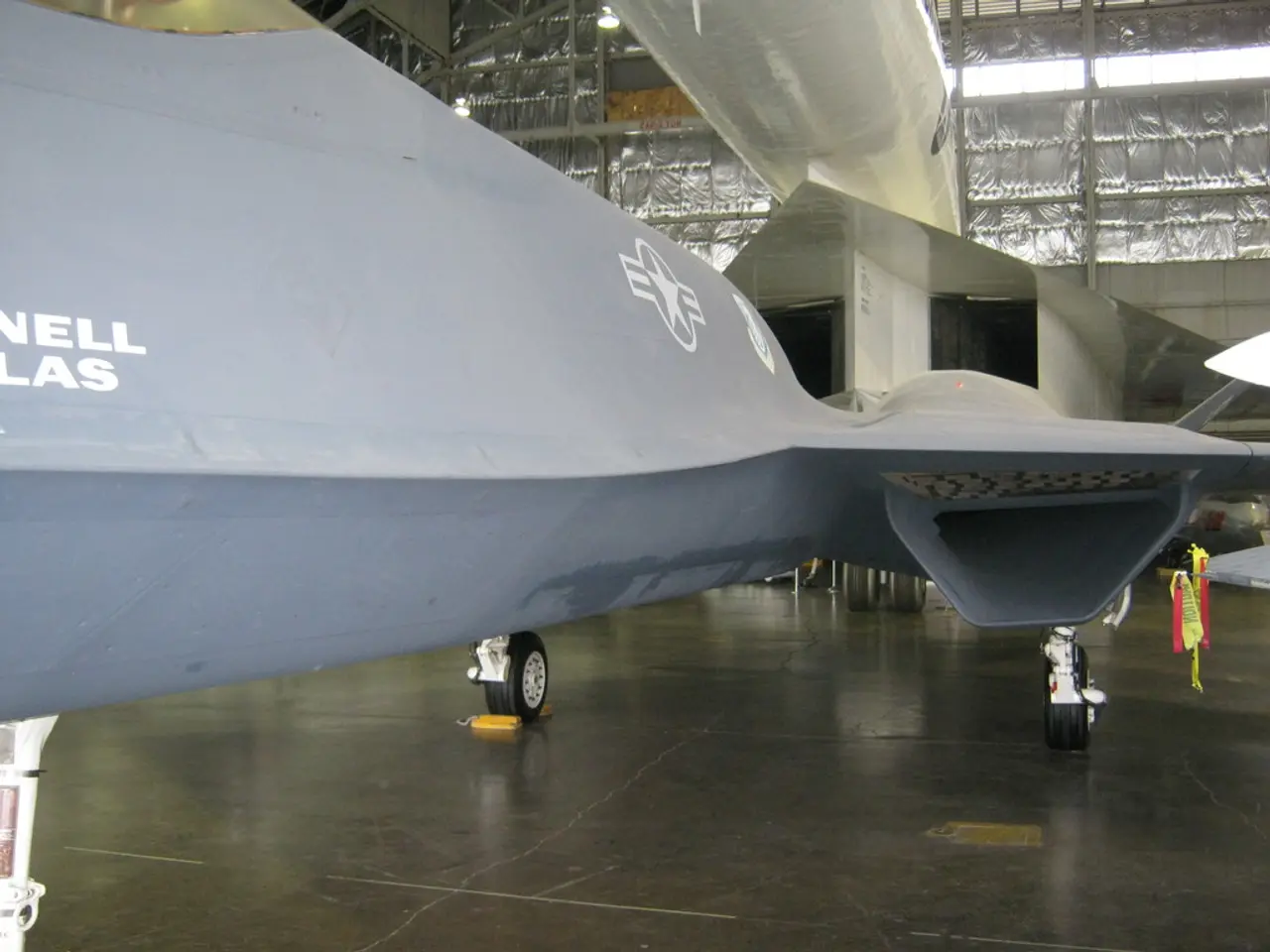Outdoor Marketing Method - Innovation, Benefits, Kinds, Pricing, Guidelines
In the realm of advertising, billboards continue to be a powerful and enduring medium, captivating audiences with their large, eye-catching displays. From traditional physical billboards to dynamic electronic ones, these structures have evolved to meet the needs of modern marketing.
One of the key advantages of billboard advertising is its flexibility. Electronic billboards, in particular, allow for quick and easy changes to the content displayed, making them a highly popular choice these days. These bright and creative displays can be found in various urban locations, such as superstores, food streets, parks, central markets, and large buildings.
However, the cost of dynamic billboards is typically higher than that of traditional physical billboards. Nevertheless, the investment can be worthwhile, given the potential reach and impact these advertisements can have. Some businesses even opt for mammoth LED billboard ads, showcasing various pictures each for 5 to 10 seconds, creating a lasting impression on passersby.
The effectiveness of billboard advertising is not merely about the medium itself, but also the strategies employed in designing and implementing campaigns. Here are five key principles that businesses should consider:
1. Clear and bold visual design: Utilise striking visuals with bold colours and high contrast to capture attention quickly. Keep the message concise and straightforward, limiting text to a few impactful words or a clear call to action. Employ eye-catching creative elements such as 3D design or digital displays to create memorable and dynamic ads.
2. Strategic placement and timing: Position billboards in high-traffic areas such as busy highways, shopping districts, or near events where your target audience frequents. For mobile billboards, select routes that focus on areas with heavy foot or vehicle traffic relevant to your market. Schedule displays during peak times—rush hours, weekends, or during specific events—to ensure maximum visibility by the intended audience.
3. Targeted audience and objective definition: Define clear campaign objectives and use audience demographics and geotargeting tools like geofencing to reach potential customers near your physical location or areas with high potential interest. For transit or mobile billboards, customise content to the environment, such as humorous or engaging messages for commuters.
4. Testing and Optimization: Conduct A/B testing with different designs, messages, or placements to determine which approaches garner the best engagement and recall. Continuously monitor campaign performance and make adjustments in creative or schedule to optimise results.
5. Professional design and clear calls to action: Hire expert graphic designers to ensure ads are visually appealing and communicate the core message instantly. Include a clear, simple call to action like a website, phone number, or store location that viewers can easily remember or act upon quickly.
By adhering to these strategies, businesses can create billboard advertising campaigns that effectively capture attention, build brand recognition, and drive tangible results. Whether it's on a static billboard along a busy highway or a mobile LED billboard touring key locations, the power of billboard advertising lies in its ability to reach a vast audience and make a lasting impression.
Finance-related businesses can consider the potential return on investment (ROI) of various billboard advertising options. Despite higher costs for dynamic billboards, their ability to make a lasting impression on a large audience may justify the expense.
Some businesses allocate a significant portion of their marketing budget towards innovative LED billboard ads, given their potential reach and impact.




